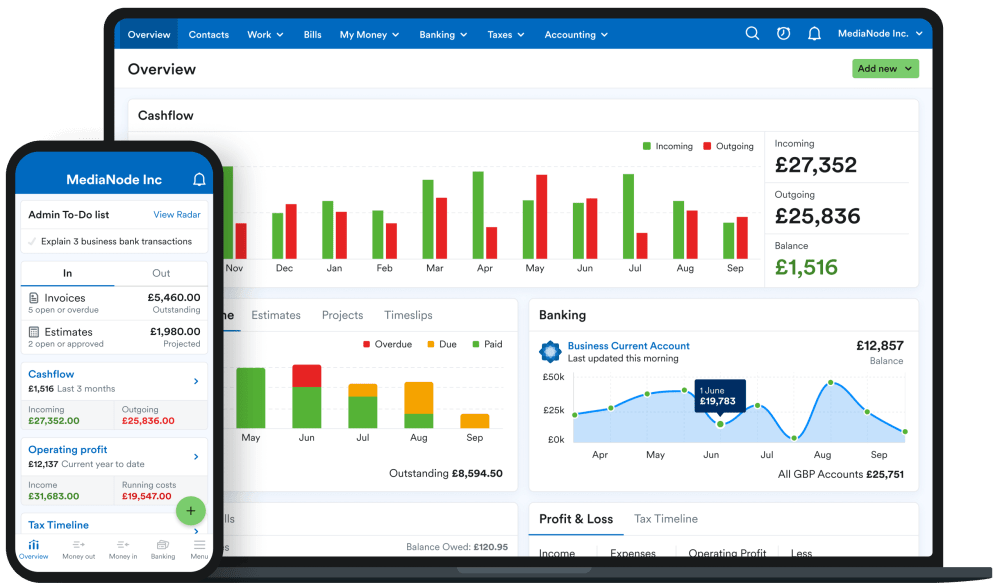Corporation Tax: what you need to know
Corporation Tax is paid at the rates that applied in your company’s accounting year (sometimes called an ‘accounting period’). This means that more than one rate may apply where your company’s accounting year does not align with the tax year (for example, if your company’s accounting year runs from 1st January - 31st December).
Example: how to calculate Corporation Tax
A director of a company has an accounting year that is the same as the tax year. In order to work out the company’s Corporation Tax bill, they need to know three things:
- The company’s total accounting profit for the year: £42,301
- Costs that aren’t allowable for tax relief (e.g. the cost of entertaining clients): £872
- Non day-to-day running costs that are allowable for tax relief (e.g. the cost of a new laptop): £650
First, they must work out the amount that the company must pay tax on (known as the taxable profit):
£42,301 + £872 - £650 = £42,523 taxable profit
With the Corporation Tax rate at 19%, the company is due to pay:
£42,523 x 19% = £8,079.37 in Corporation Tax
How to pay your Corporation Tax bill
For most payments, you’ll need your 17-character Corporation Tax payslip reference for the accounting period you’re paying. This can be found on the payslip that HMRC sent you after you submitted your return or through the company’s HMRC online account.
| Online or telephone banking (Faster Payments) | Same or next day |
| CHAPS | Same or next day |
| Bacs | Three working days |
| Debit card | Three working days |
| Credit card (1.5% charge) | Three working days |
| Existing Direct Debit | Three working days |
| New Direct Debit | Five working days |
| At your bank or building society | Three working days |
Online or telephone banking: If you’re paying by online or telephone banking (Faster Payments, CHAPS or Bacs), you can find details for the HMRC account you should pay your tax bill into on the government’s website.
Debit or credit card: If you are paying by debit or credit card you can do so by following the links from your HMRC online account.
Direct Debit: You can set up a Direct Debit from your HMRC online account. Make sure you do this at least three working days before you submit your return to ensure the payment is taken from your account in time. Once the Direct Debit is set up, HMRC will collect payments from your account within three working days.
At your bank or building society: At your bank or building society you can pay your Corporation Tax bill by debit card, cash or cheque made payable to ‘HM Revenue and Customs only’ followed by your 17-character corporation tax payslip reference. Again, you’ll need the payslip that HMRC sent you after you submitted your Corporation Tax Return.
Timeline of Corporation Tax rates
| 2025-26 | |
|---|---|
| Small profits rate | 19% |
| Main rate (eligible for Marginal Relief) | 25% |
| Main rate (not eligible for Marginal Relief) | 25% | 2024-25 |
| Small profits rate | 19% |
| Main rate (eligible for Marginal Relief) | 25% |
| Main rate (not eligible for Marginal Relief) | 25% | 2023-24 |
| Small profits rate | 19% |
| Main rate (eligible for Marginal Relief) | 25% |
| Main rate (not eligible for Marginal Relief) | 25% | 2022-23 |
| Profit below £300,000 | 19% |
| Profit above £300,000 | 19% | 2021-22 |
| Profit below £300,000 | 19% |
| Profit above £300,000 | 19% |
